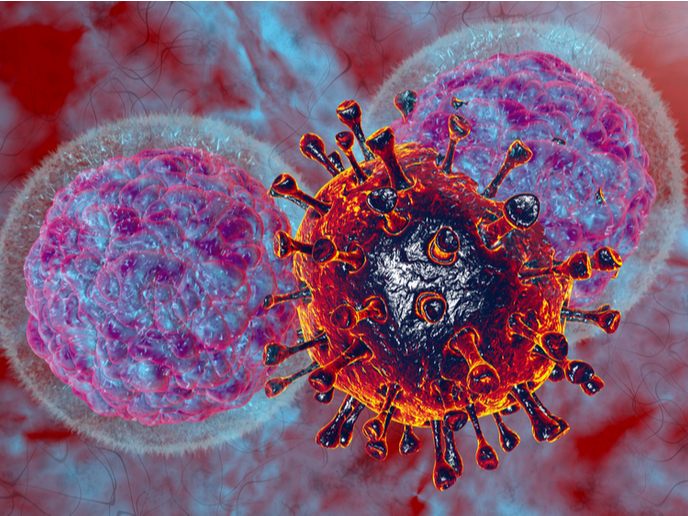Unravelling the mysteries of COVID-19 and its effect on the immune system
Why do some people who contract COVID-19 have no symptoms at all while others develop acute respiratory failure, or even liver and kidney damage? Looking for answers, researchers supported in part by the EU-funded ThDEFINE and MRG-GRammar projects investigated the body’s complete immune response and how this differs between symptomatic and asymptomatic patients. Their study(opens in new window) was published in the journal ‘Nature Medicine’. The research is part of the Human Cell Atlas(opens in new window) initiative to map every cell in the body, and is also one of the only studies to include people with no symptoms. In these asymptomatic individuals, the researchers identified higher levels of specific immune cells, while people with more serious symptoms were found to lack these types of protective cells and instead have raised levels of inflammatory cells. According to senior author Prof. Muzlifah Haniffa of Newcastle University and the Wellcome Sanger Institute, including data from asymptomatic people in their study can shed some light on why different people react differently to COVID-19. “It could also explain symptoms such as lung inflammation and blood clots. The immune system is made up of lots of different groups of cells, similar to the way an orchestra is made up of different groups of instruments, and in order to understand the coordinated immune response, you have to look at these immune cells together,” remarked Prof. Haniffa in a news release(opens in new window) posted on ‘EurekAlert!’.
Immune response in different patients
The research team analysed over 780 000 blood cells taken from 130 patients with varying COVID-19 severities at 3 different centres in the United Kingdom. They found that asymptomatic people have higher levels of B cells that produce antibodies found in the mucus passages, but that people with serious symptoms didn’t have these cells. Additionally, while high levels of B cells and helper T-cells were found in patients with mild to moderate symptoms, many of these immune cells were absent in people with more serious symptoms. Interestingly, in patients requiring hospitalisation, monocyte and killer T-cell levels rose uncontrollably, leading to inflammation. This latter group also had high levels of platelet-producing cells that aid blood clotting. “This is one of the most detailed studies of immune responses in COVID-19 to date, and begins to help us understand why some people get really sick while others fight off the virus without even knowing they have it,” reported senior author Prof. Menna Clatworthy of the University of Cambridge and Wellcome Sanger Institute in the same news release. Senior author Dr Sarah Teichmann of the Wellcome Sanger Institute and the University of Cambridge stated: “This information can be used to better understand why different people react to coronavirus in different ways. The data is openly accessible and can provide a basis for developing potential new therapies, to reduce the spread of the virus, or to protect those who start to develop severe disease.” ThDEFINE (Re(defining) CD4+ T Cell Identities One Cell at a Time) is coordinated by Genome Research Limited, a subsidiary of the Wellcome Sanger Institute. The 6.5-year project ends in June 2022. The MRG-GRammar (Massive Reverse Genomics to Decipher Gene Regulatory Grammar) project, which was coordinated by Technion – Israel Institute of Technology, ended in 2018. For more information, please see: ThDEFINE project(opens in new window) MRG-GRammar project(opens in new window)



